The US of A by Michael Reid OAM
Our chairman and director travels to New York to take the pulse of the city’s vast art scene – and finds a country at a fascinating crossroads.
Words & Photography Michael Reid OAM
Over dinner in Berlin, in September before Donald Trump announced his first candidacy, I made a bet across the table that Trump – should he run – would be the next President of the United States. There was much chortling at this seemingly far-fetched idea, so I bet against everyone at the dinner for a good bottle of wine. One of two others paid up. I mention all this because I am a boundary rider. In checking the fences, I go to the border; I rove in my thinking far and wide. However, having clearly seen the coming of Trump, only recently having been on a business trip to New York City, have I fully understood the populist pull of his Make America Great Again mantra.
To understand how Republicans have become the party of the blue-collar working class, I must briefly digress.

There can be no doubt that in the last twenty years, the disparity across our world between those with the greatest resources and those with almost none has narrowed. The People’s Republic of China has elevated at least 400 million people from rural poverty to the edges of the middle class and beyond over this period. China, India, and Indonesia, to name but three countries, have done much to reduce poverty and world poverty. This closing of world wealth disparity has come at the expense of the American working class.
America is fraying at the edges. When I walk across the road in New York City, I look down to where I am walking. I mean, I really look down to where I am walking. Broken ankles, caused by innumerable potholes, are a day-to-day hazard in New York. American infrastructure is hurtling towards the third world. The American health, education, transport, and systems of law and order are akin to Robert De Niro’s Russian Roulette in The Deer Hunter.
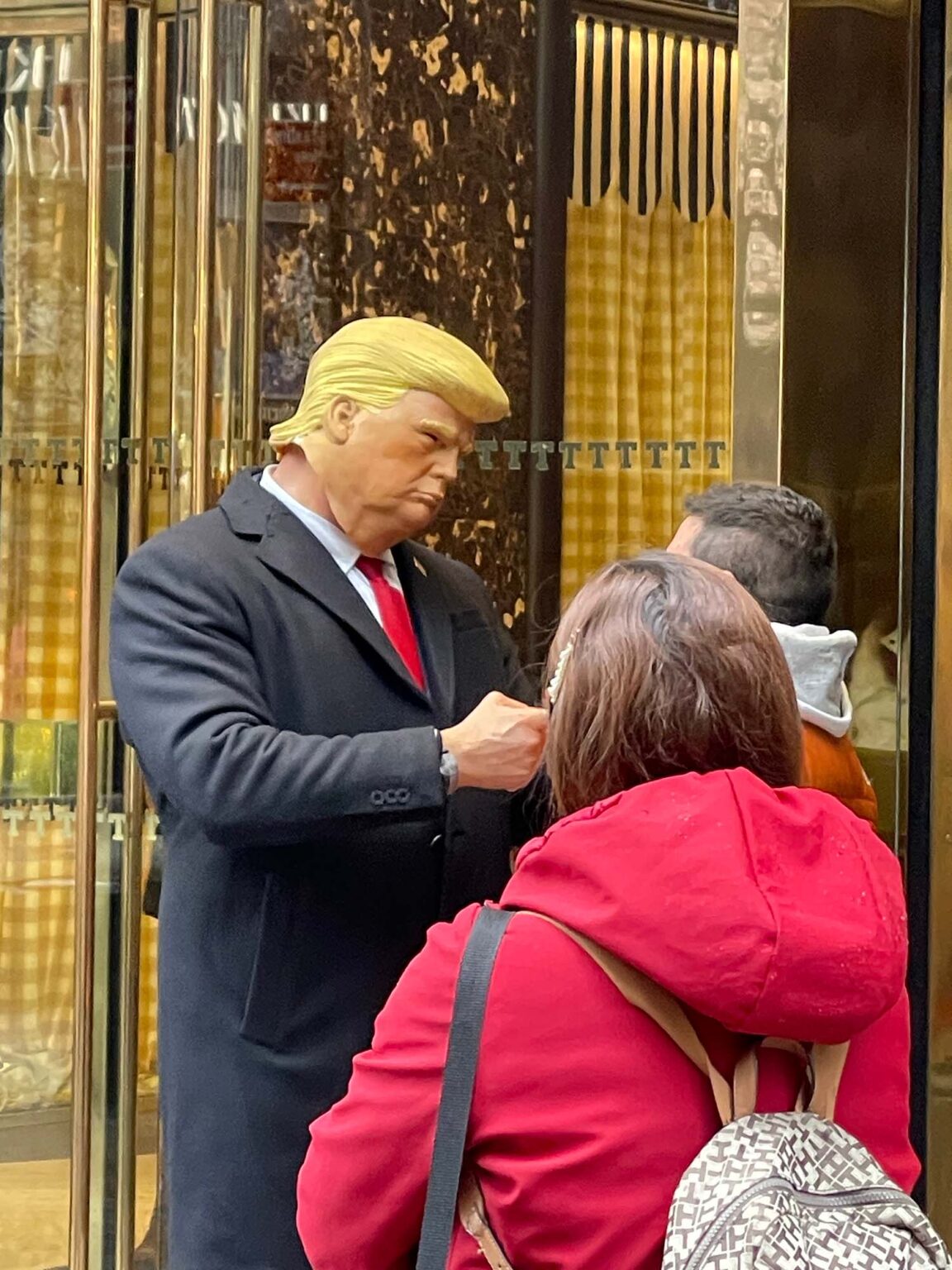
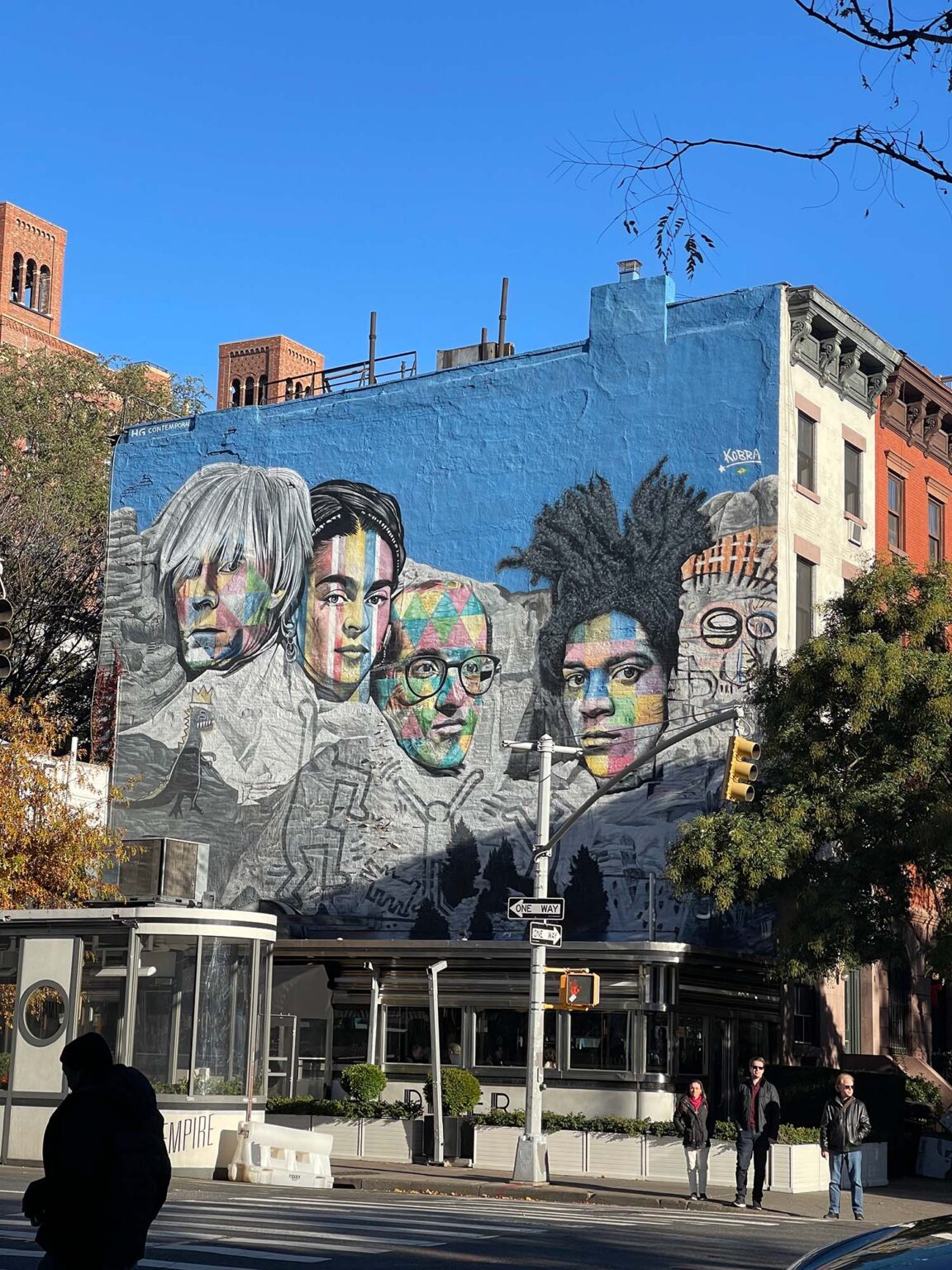
Until Trump, the Republican Party attracted a constituency often characterised as the conservative, affluent class, sometimes likened to the new Brahmins or the pinnacle of the ruling elite. Trump – an overly orange-coloured, media-savvy figure – emerged as a blunt populist candidate, lacking a defined political ideology, and operating more from a standpoint of wanting power rather than entrenched political theories. He managed to resonate with and mobilise the frustrations and real anger of the working class, bringing them into the fold of the Republican Party, a move that deviated from the party’s conventional base.
Ironically, today the Democratic Party is seen as the political party of a woke ruling financial elite, lost in all their over-educated, pronoun-weaponised sensitivities and adrift from the real problems besetting real America. The Democratic Party, lost down the rabbit hole of the worthy, has had significant ramifications. They have lost the electoral votes needed to push through badly needed economic policies such as long-term public investment, as well as more progressive taxation, plus healthcare and educational reform, that would temper rising inequality. Add in a rebirth of the 1980s “greed is good” culture of self-interest and global market forces pushing only what’s good for the financial quarter, and you get a country facing a “We need to talk about Kevin” movie moment.
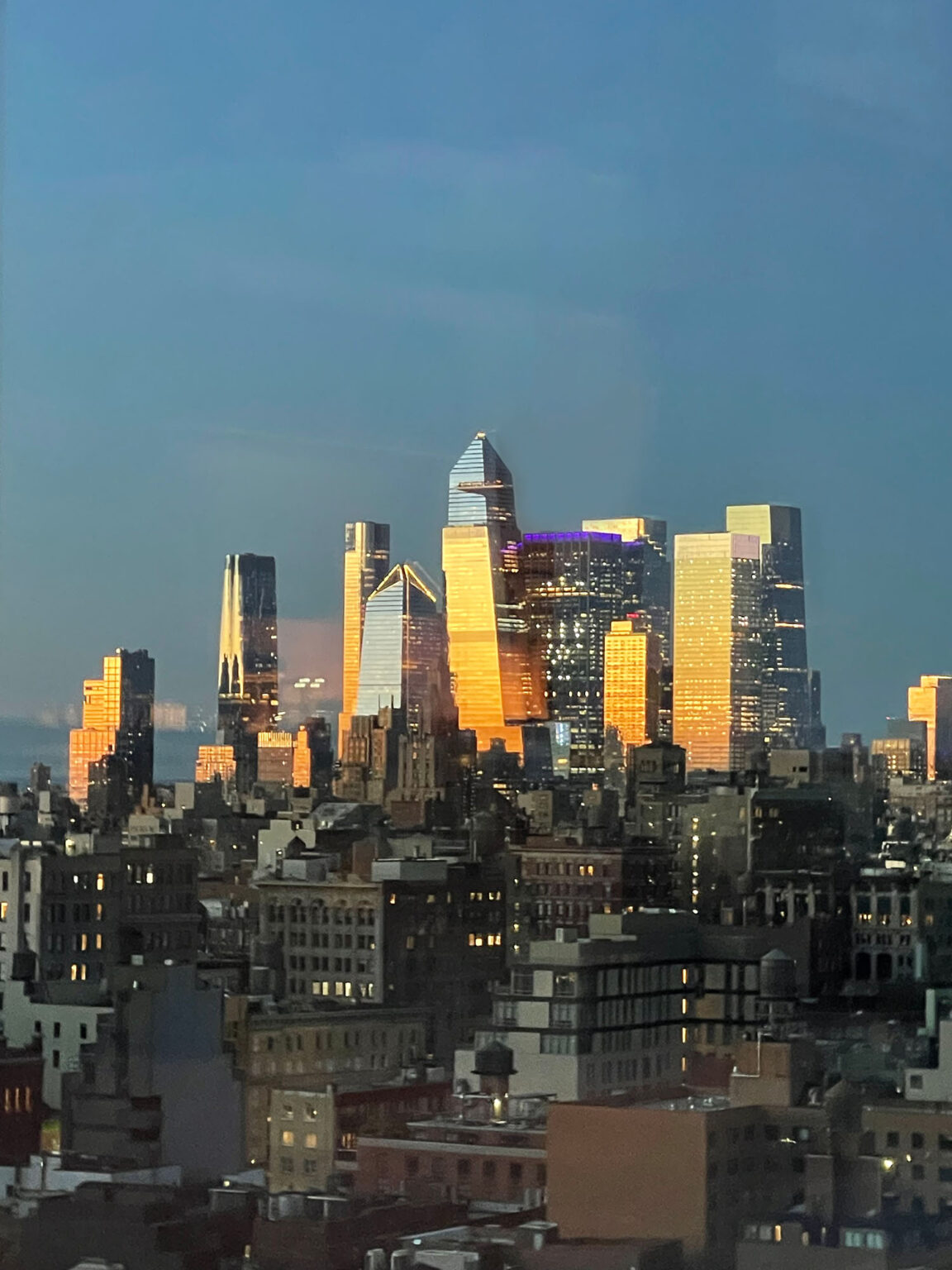
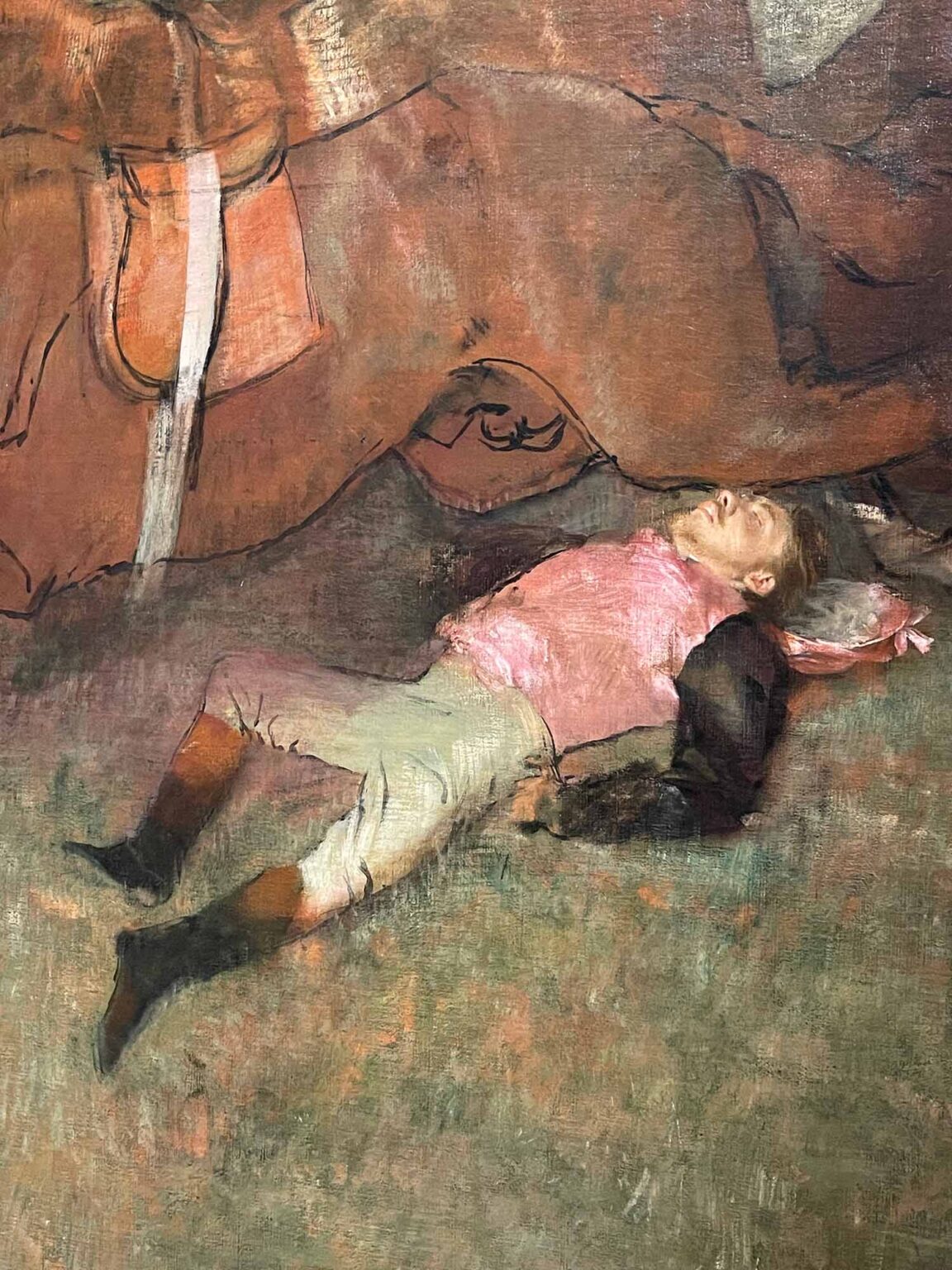
America, and consequently the world, is at a crossroads. There’s a pull between Trump’s authoritarianism and the ongoing muddle that is the struggle for American democracy. Presently, the Make America Great Again nostalgia for a world that has slipped away could well make Trump the next President of the United States of America. Although I do not think this will pass, it could.
I have undertaken this rather rambling preamble because, at the crossroads, America is a great nation. America is Great. The United States is a powerhouse of personal positivity. Amidst their fractious relations with the growing, possibly stumbling power of China, American manufacturing is returning to America. Employment is strong. The United States is the engine room of the world economy and international finance, more so today than ever with the city of London ‘Brexiting’. London’s growing financial irrelevance is New York City’s and America’s great gain. Whatever could have been done financially in the City of London can now be done ten or sixty-fold in New York. California’s $3+ trillion economy ranks it fifth in the world. California is expected to overtake Germany as the world’s fourth-largest economy in the next few years.
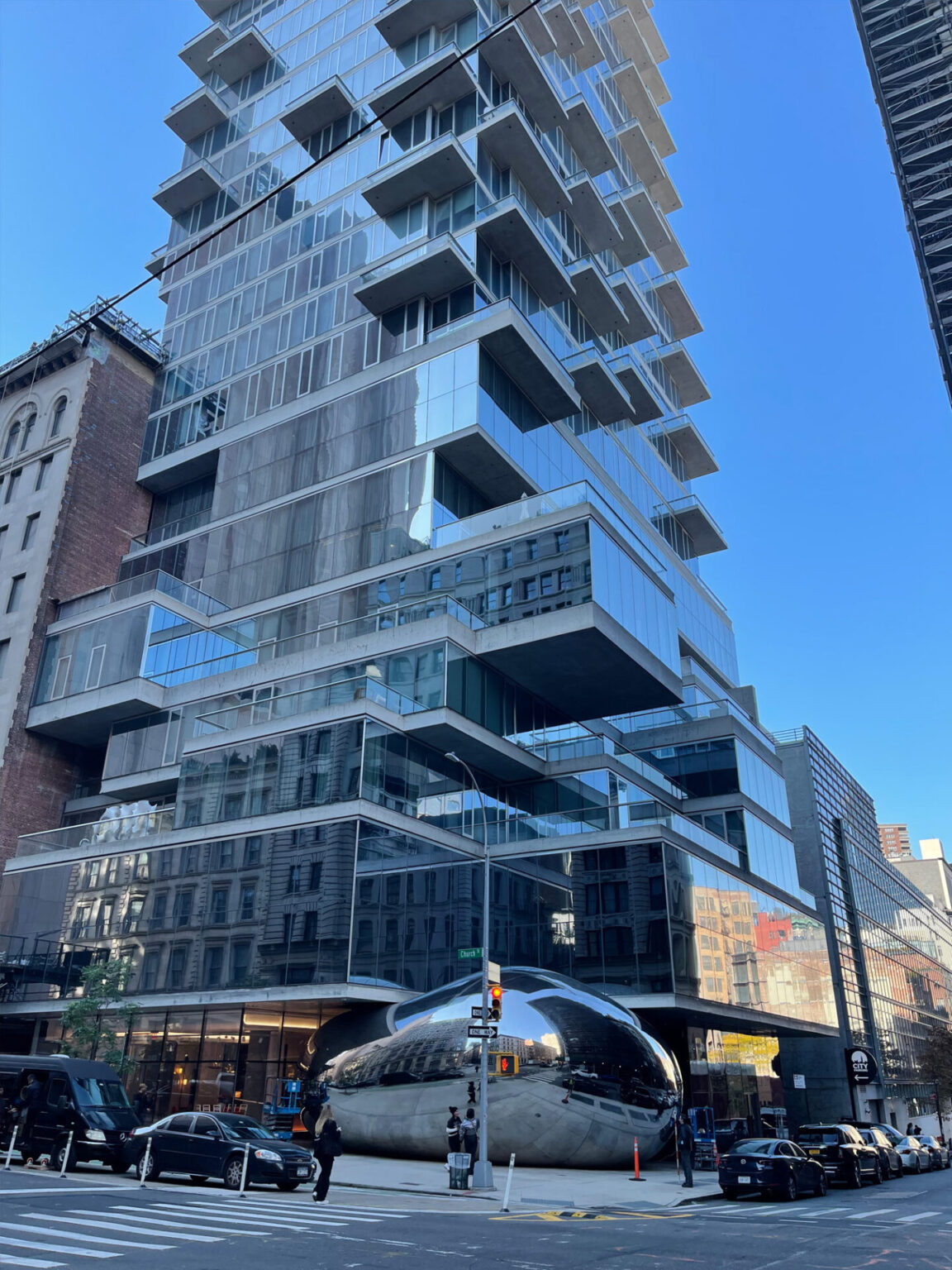
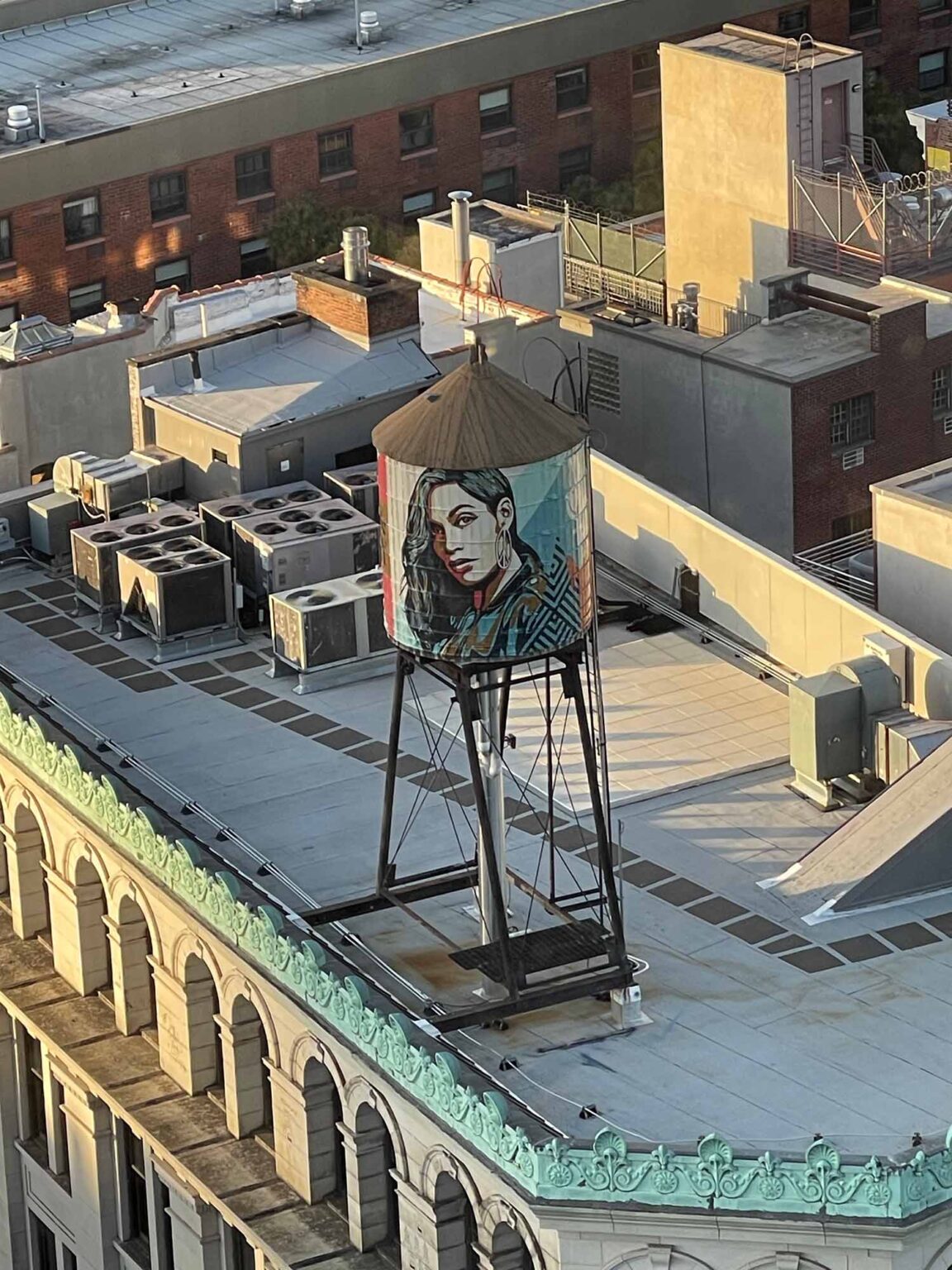
Although many dreams have died in New York City, there can be no doubt in my mind that America is a formidable economic rock. I would not and never bet against America. The capacity for an entire population “to get on the program” and act in concert as one is unmatched across the histories of any industrial society. It is within the midst of this heady, contradictory storm that I believe our galleries should, in some manner, have a presence in the American market in 2024.
To get to New York, Helsinki, the capital of Finland, is the long way around. But given that a Finnair business class ticket was less than half the cost of Qantas, and my overall indifference to another change-over in the war-torn Middle East, it was a good stopover option. The Finnish National Museum was solid. Finnair was most excellent.
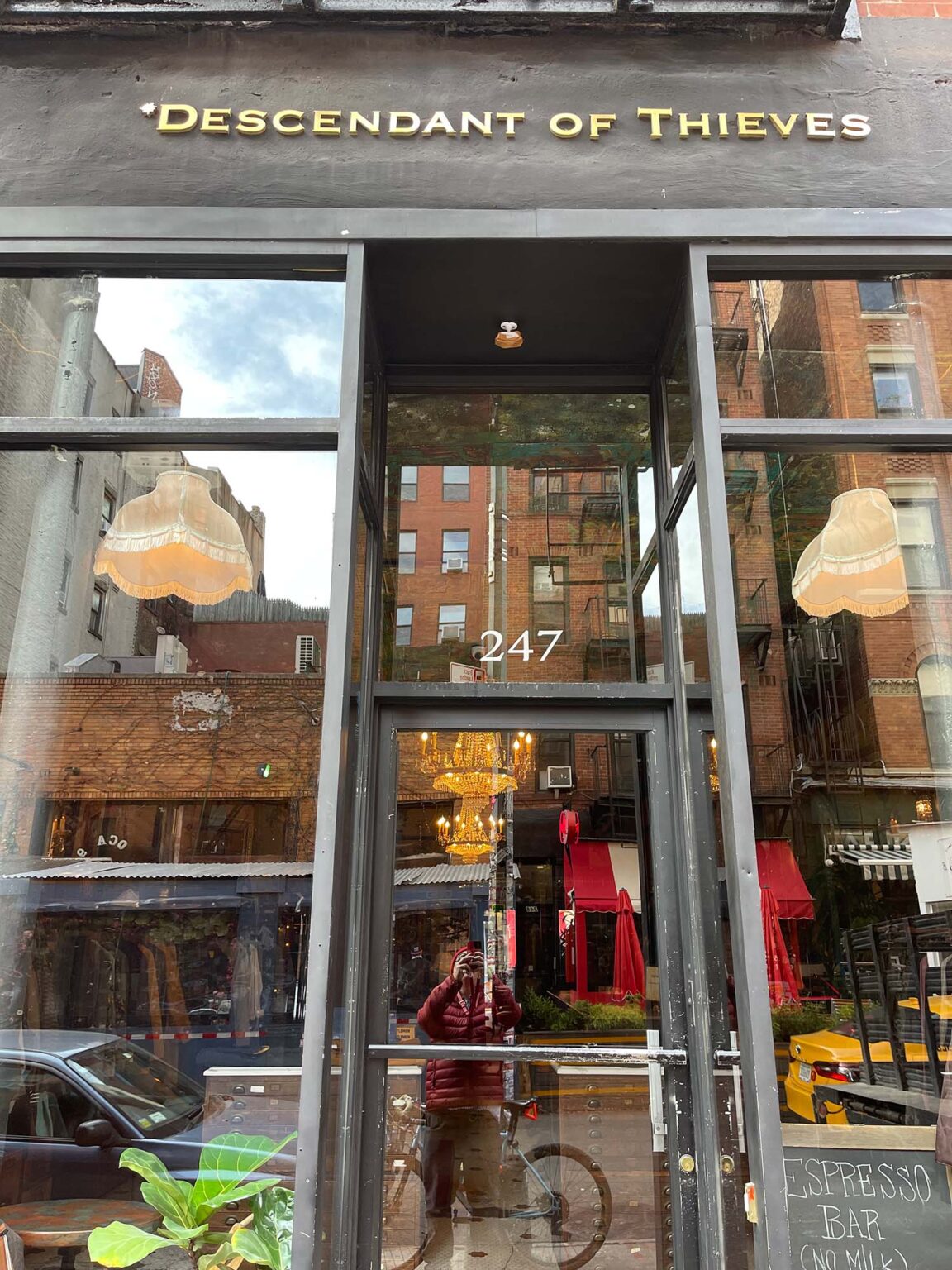
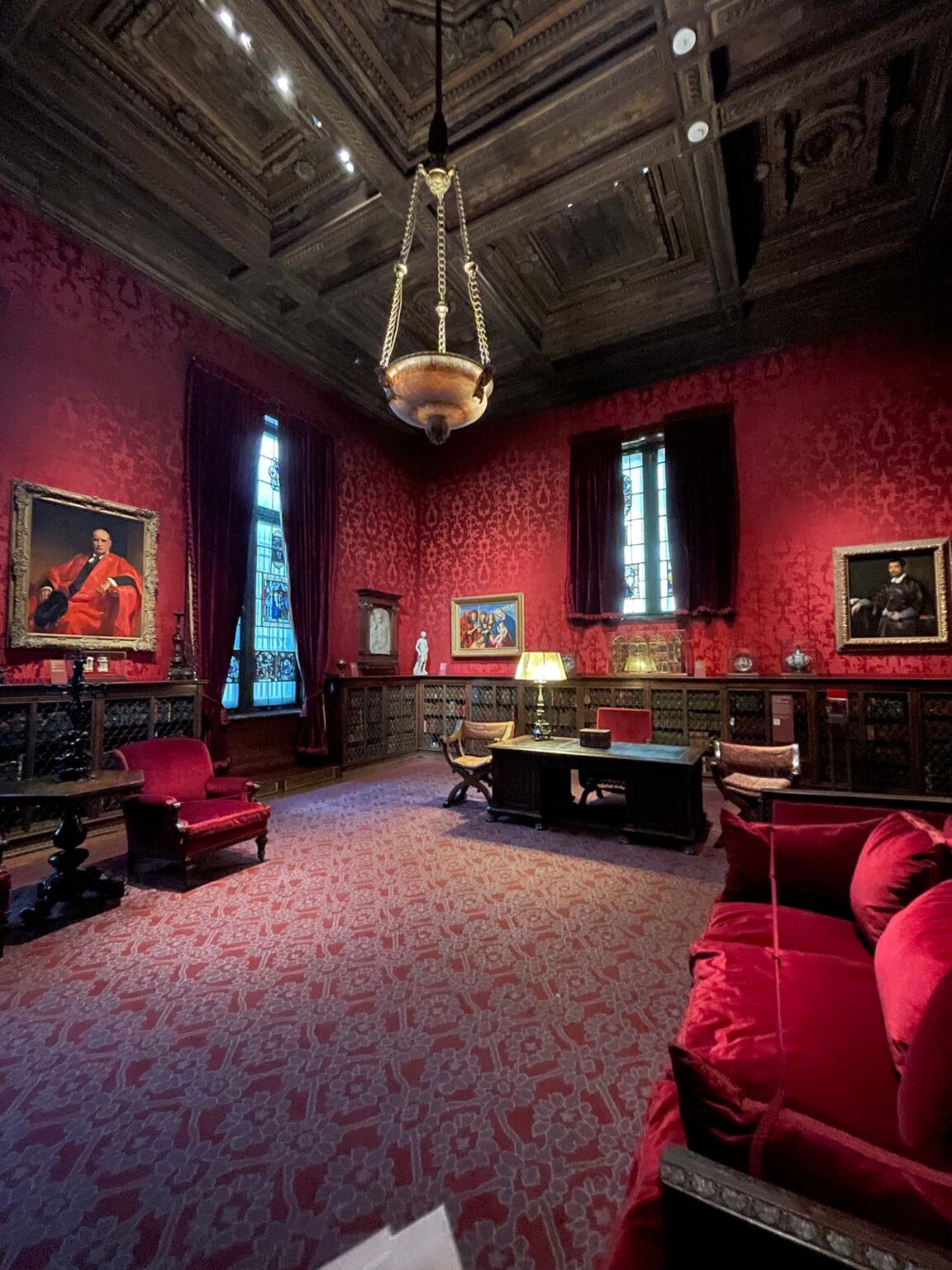
On the first day in New York, having walked off general old age and fatigue, my first stop was the Frick Madison and being able to see the Frick Collection at the old Whitney Museum. In their temporary home at the Whitney, you could get far closer to the Frick paintings than you ever could at the under-renovation original house museum. In the house museum, they placed furniture in front of their paintings. In the unobstructed clear view of a temporary museum setting, up close, the artworks were staggeringly strong.
Viewing an important 18th-century collection such as the Frick in wide sweeps made me realise that, until quite recently, art was undertaken by a few practitioners for the actual enjoyment in private of a very few. Art was then a great rarity and very much a power statement within a ruling elite. Maybe it is just that today.
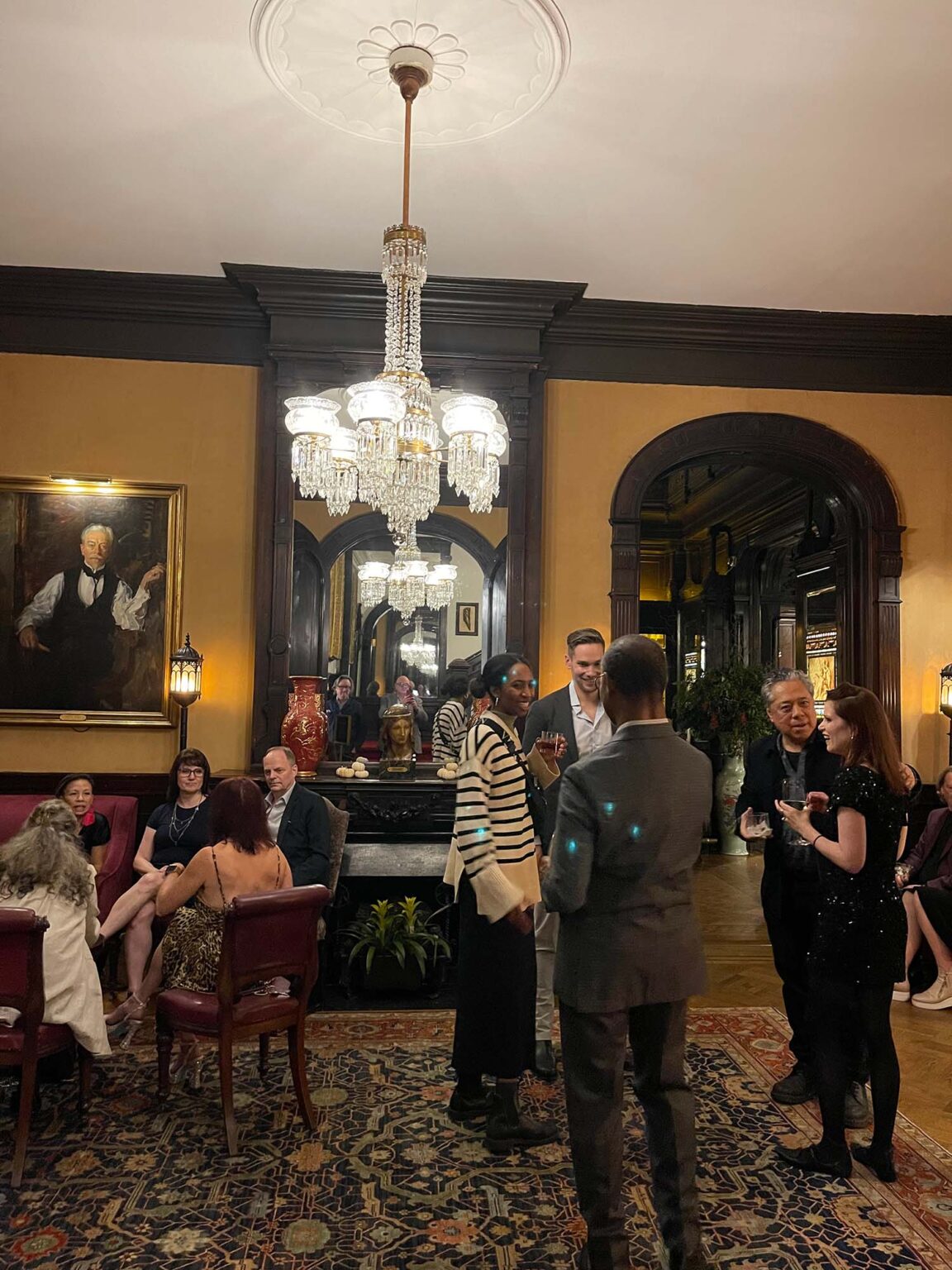
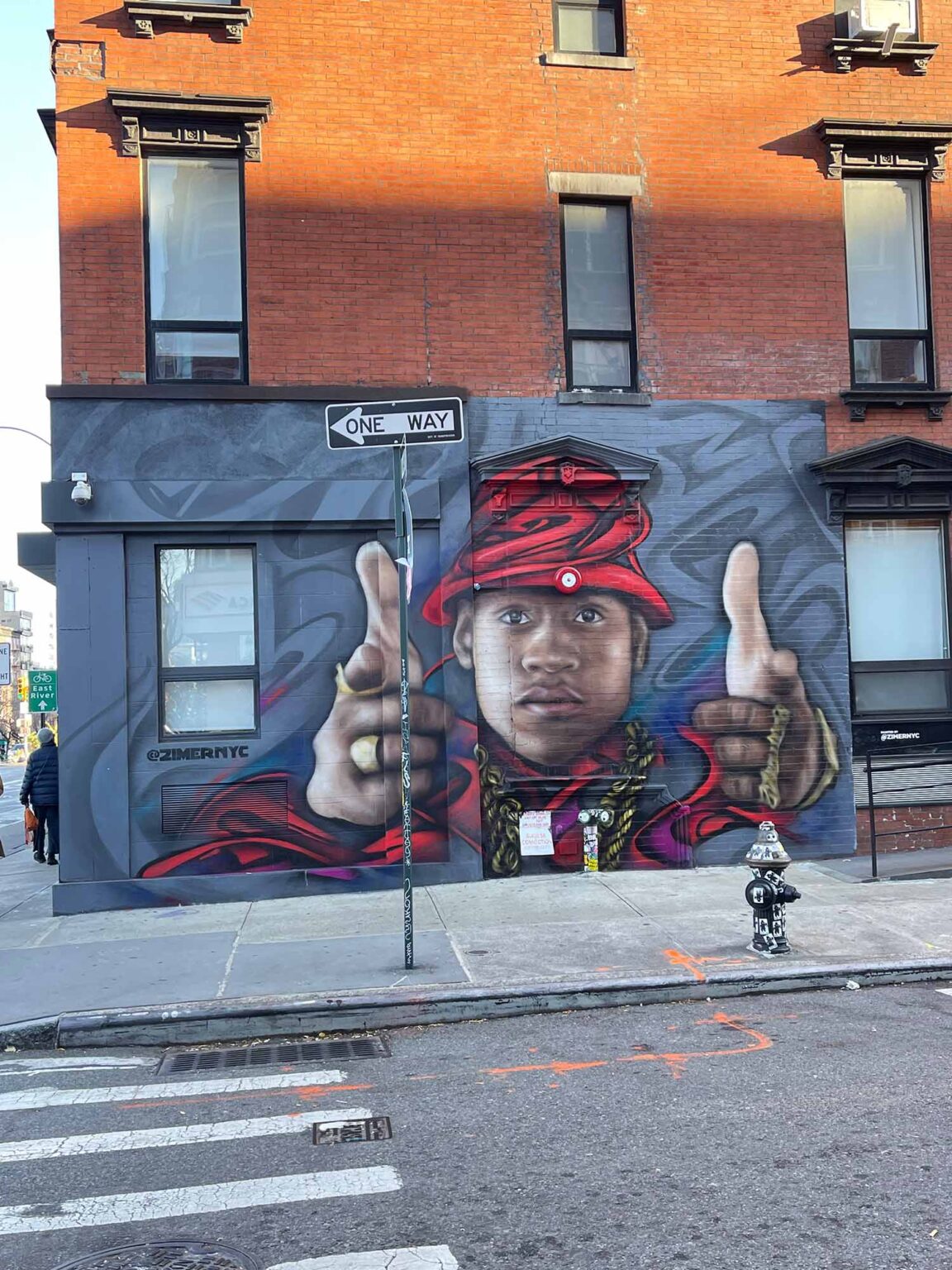
A takeaway from the Frick Madison was the museum decorating whole walls with an element from a single painting. The 18th-century painting sat on top of a wall decorated with an element from that painting. Not just colouring a wall, but more like what we do in the Sydney gallery with, say, a Petrina Hicks photography exhibition, where we place a Hicks photograph on a much larger wall image of a Hicks photograph. Our stand at this year’s Sydney Contemporary art fair was a good example.
I visited the Metropolitan Museum, and the Manet and Degas exhibition was my overall art-viewing highlight for the month. Super lucky me, I went on the opening day to an early morning private viewing event. The exhibition was a truly original idea. Few exhibitions are. The friendship and animosity between the two artists was broadly documented in at least 100 paintings. Comprehensive in its undertaking and idea. A massive exhibition. The insurance value of this presentation means that the exhibition could never tour as is. The indemnity insurance costs would be vast. So New York is the place to see it.
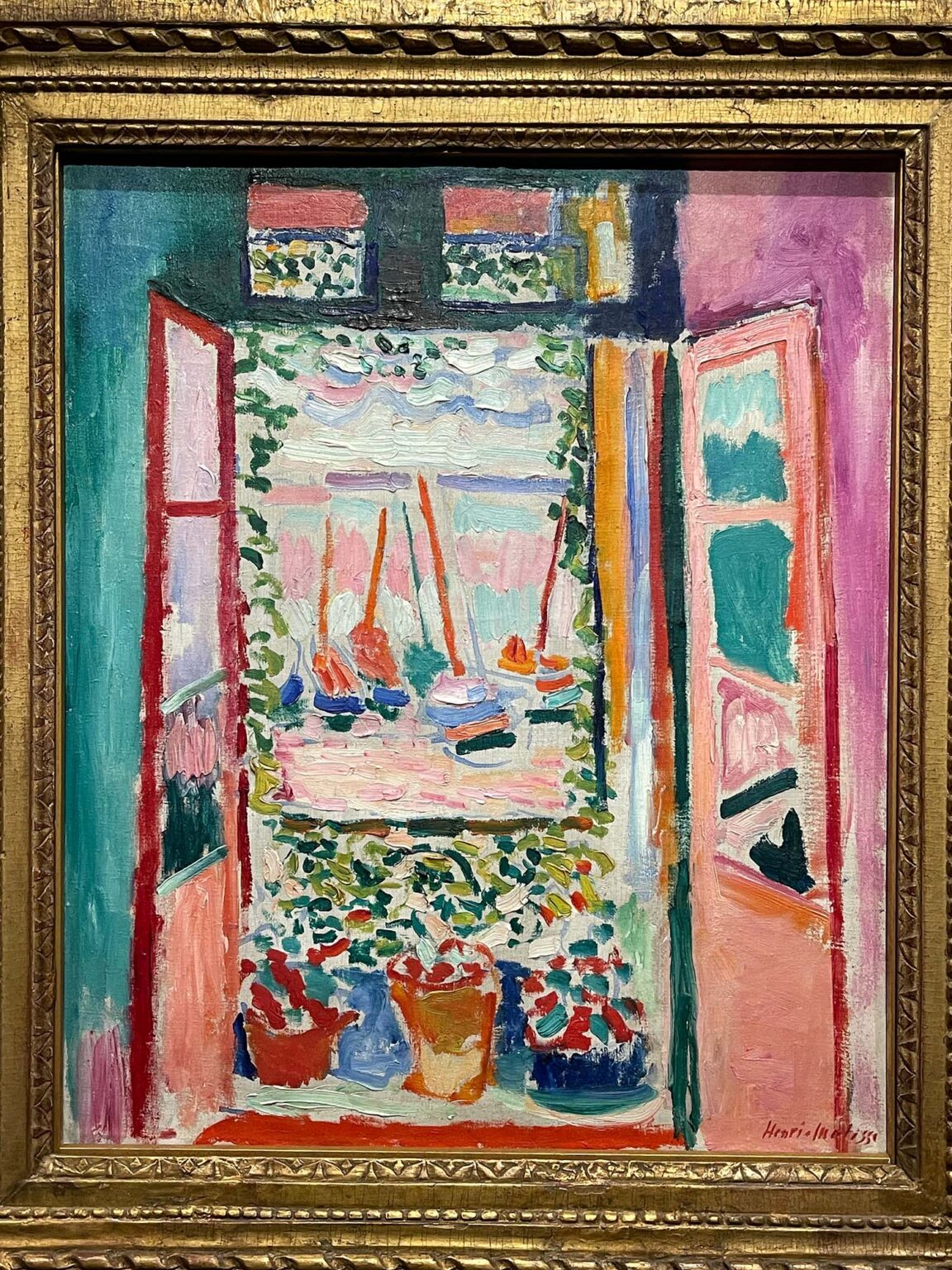
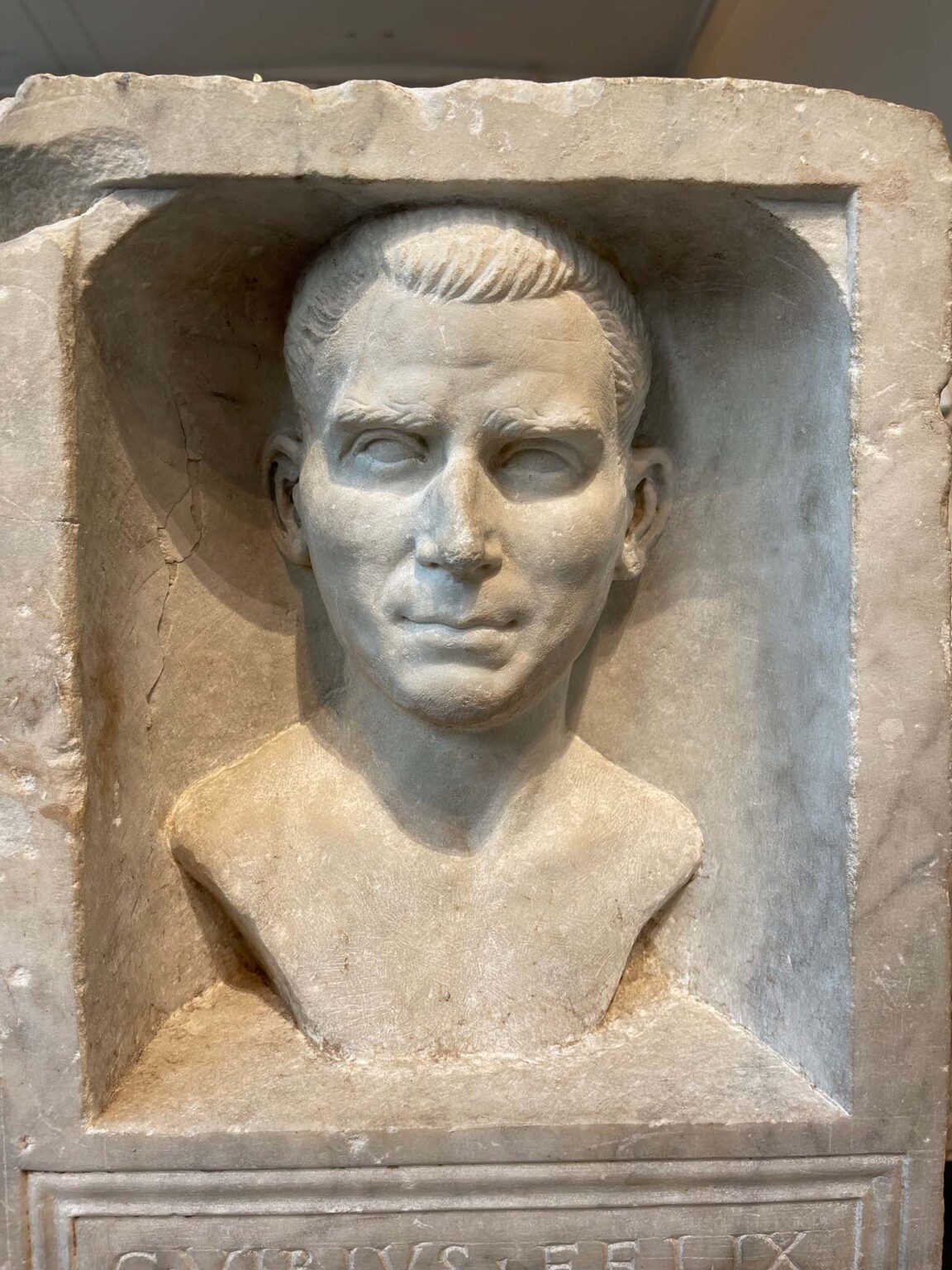
I used the subway. Stop the presses.
Sunday was walking around ‘deep Chinatown’, the place for up-and-coming gallery spaces. I then had dinner with an Australian/US friend and former Christie’s director. He lives in upstate New York and works three days a week in the city. He is a generalist objects valuer, and the takeaway from him is that all the New York City local auctioneers own all the artworks and objects they auction. They buy outright art and objects for cash. They do not take consignments as such. Buying everything is apparently easier to post-sale administer, with greater potential for profit margins when they purchase well.
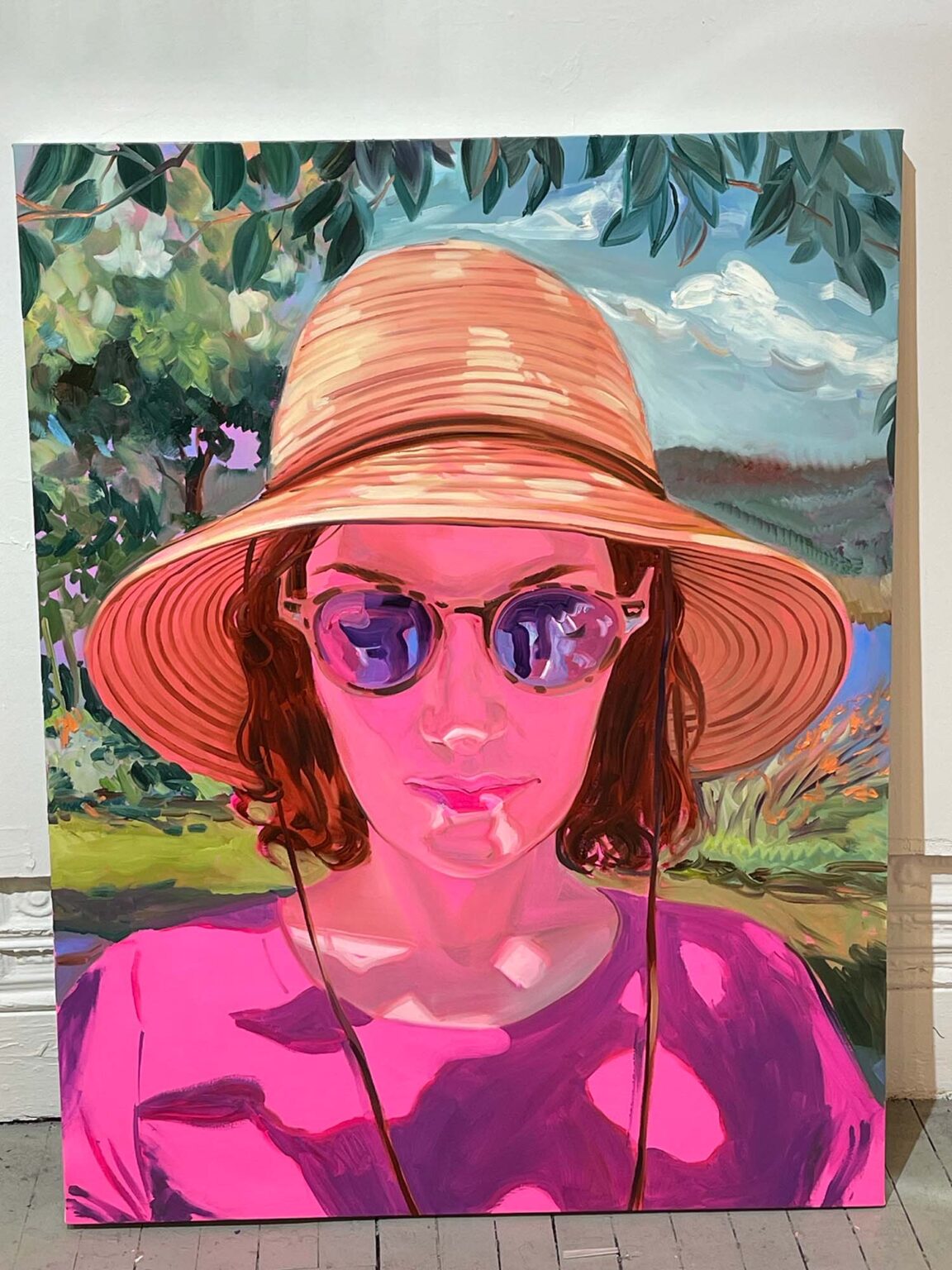
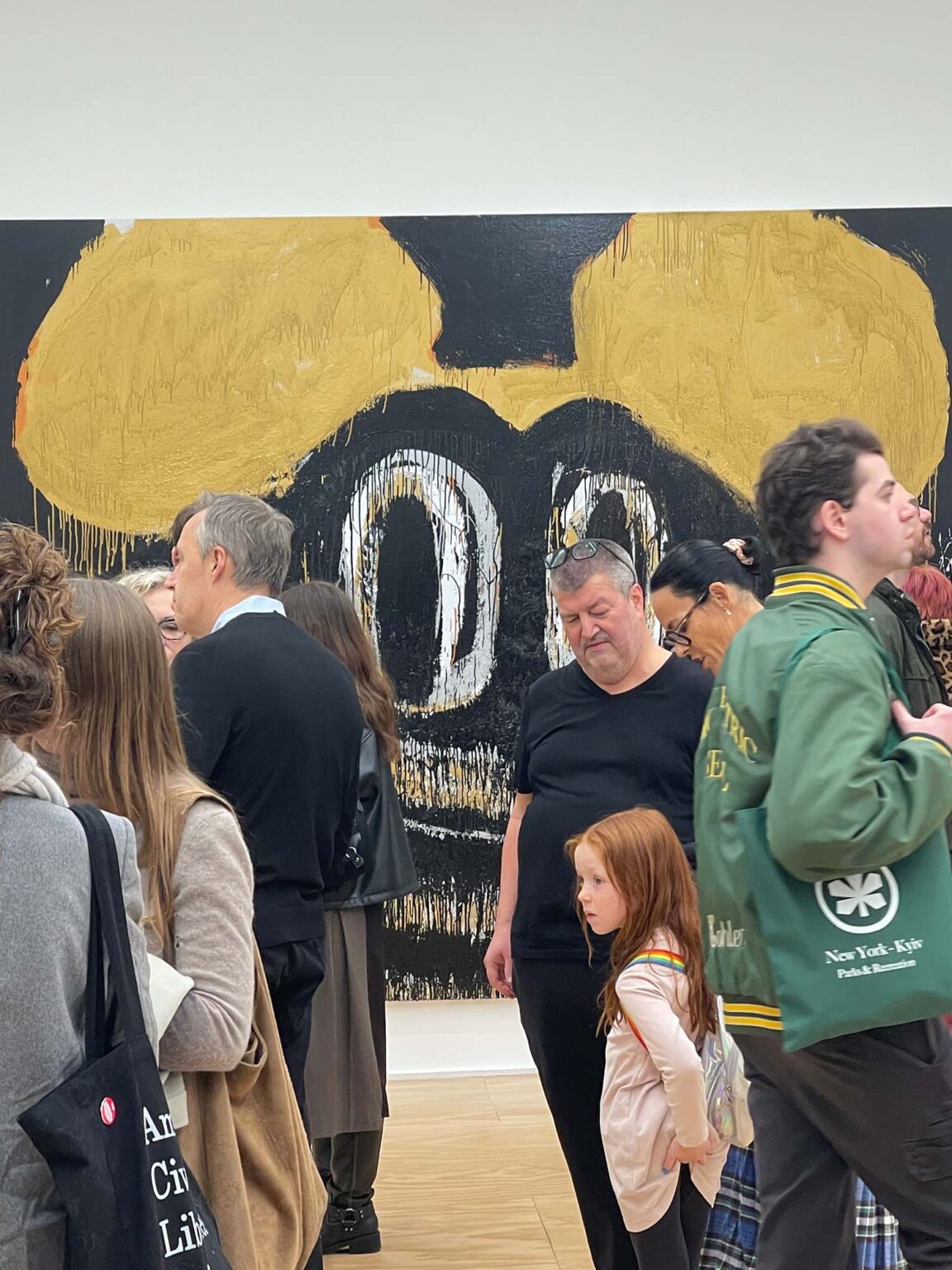
Monday was lunch and studio visits with New Yorkers Sebastian Blanck and Isca Greenfield-Sanders, artists we proudly exhibit in Sydney. A delightful afternoon. Their Manhattan studios were brilliant, and they are truly creative and good people. We talked widely across the New York arts scene as experienced by New York artists.
As part and parcel of the business reconnoitre, I decided to open a US bank account. Well, opening the bank account stalled on the last unexpected hurdle. I had everything. Every skerrick of paperwork I needed to open an account. In the end, they needed to cite my NSW driver’s licence as identification. Not that I was asked to bring it to the interview, mind you. Not that such a licence entitled me to drive in the United States. They had my passport. But it’s hardly surprising in a culture so reliant on cars. I wasted four hours of my life, which I’ll never get back. I’ll have to return with my driver’s licence during my next visit to the States. On the upside, I made a contact at Citibank.
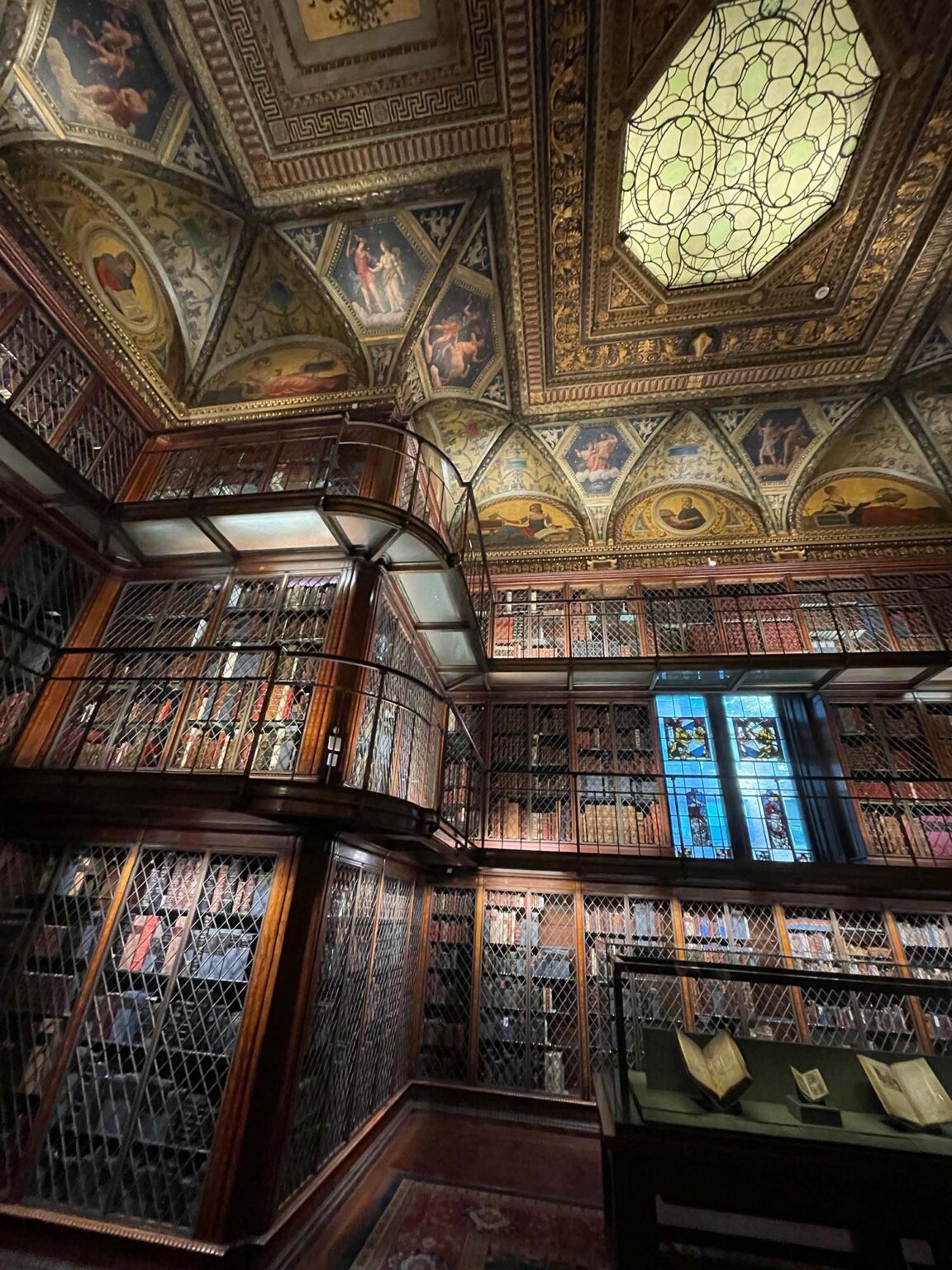
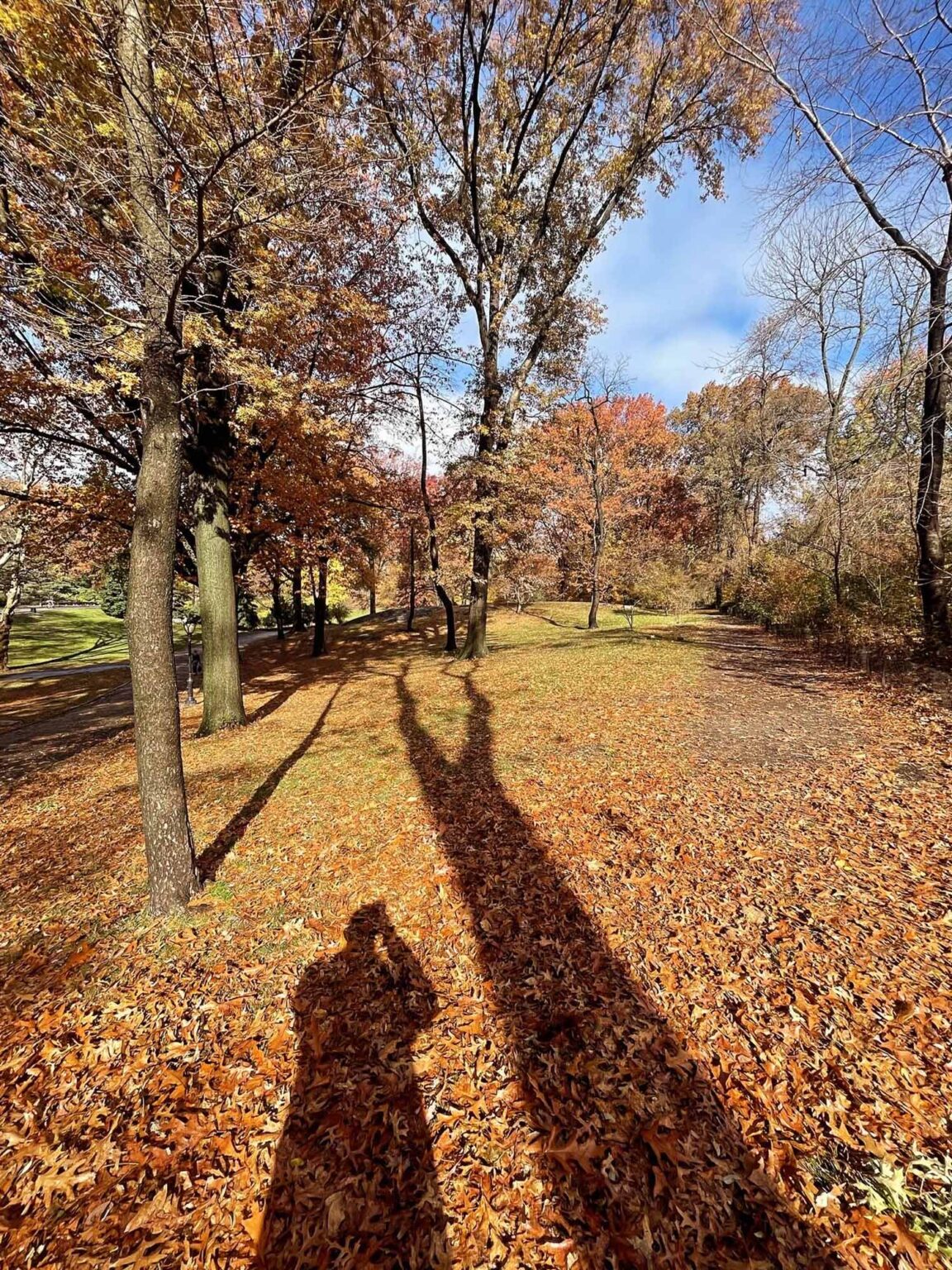
Later that day, the Morgan Library was simply extraordinary – worth a visit off the beaten path. To sit in the private study of the titan of industry was to be immersed in a Gothic fantasy of a great Lord not born to the manner. He must have been one of the greatest book collectors to have ever walked the planet. I had the great fortune to be viewing a side exhibition, Seeds of Knowledge, and heard a collector who lent books to that exhibition tell a fellow collector how his books had not been opened in 57 years. The 17th-century illustrated volumes were in pristine condition. No unnecessary light, you see. Bibliomania is the only mania one should have the great fortune to be born into.
I went to Chelsea to visit Isca and Sebastian’s gallery, Miles McEnery Gallery. It’s a massive gallery, occupying four spaces across two streets and heavily focused on abstraction. I met Miles and he was charming, offering to assist me in any way possible. One can’t help but note that these galleries must make sales every week, all year round. They operate like well-oiled sales machines. Similarly, David Zwirner Gallery was extraordinarily large. Zwirner is renovating another floor above its current flagship and has an entirely empty lot, simply waiting for a brand-new US $100 million+ gallery.
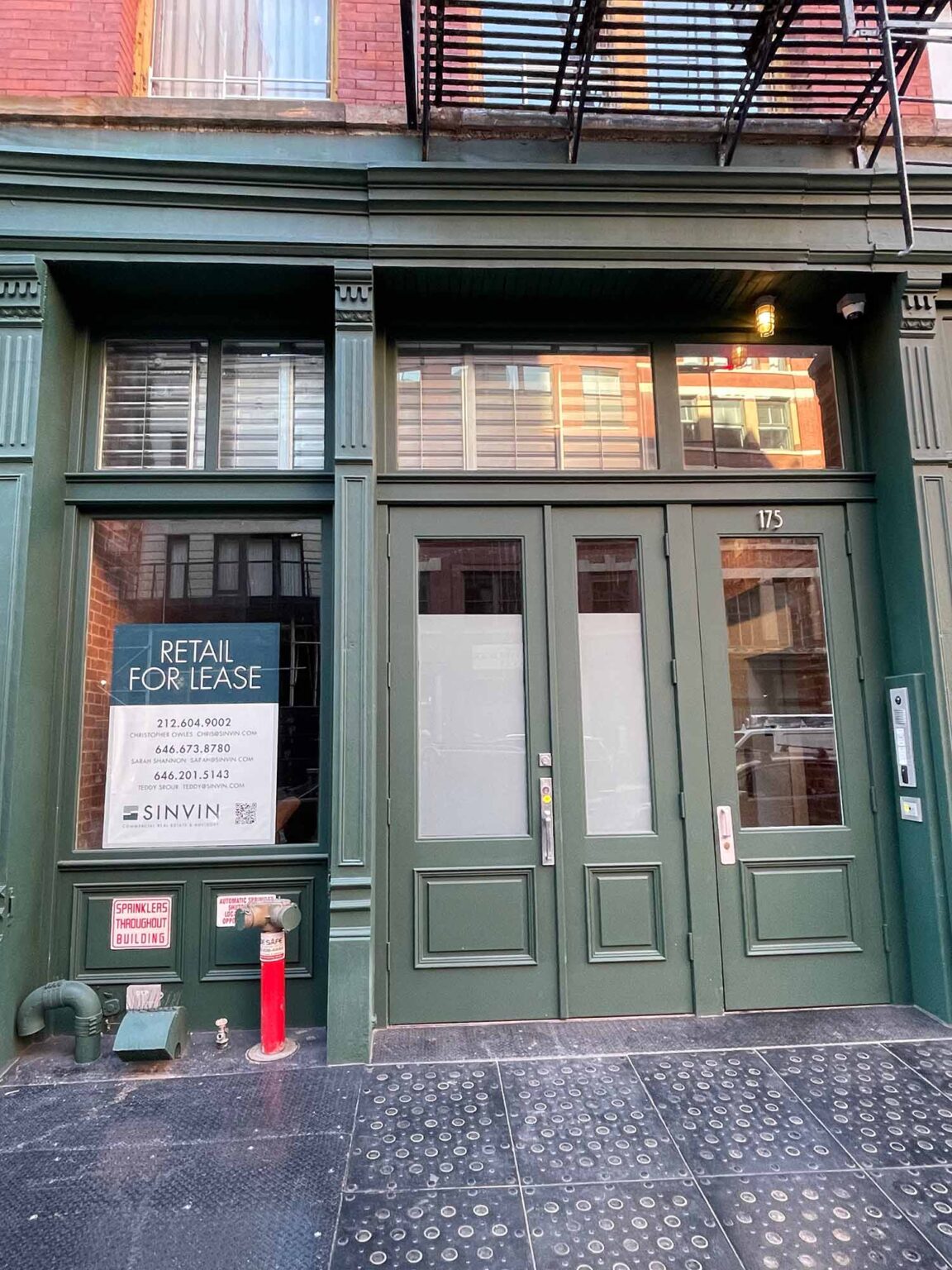
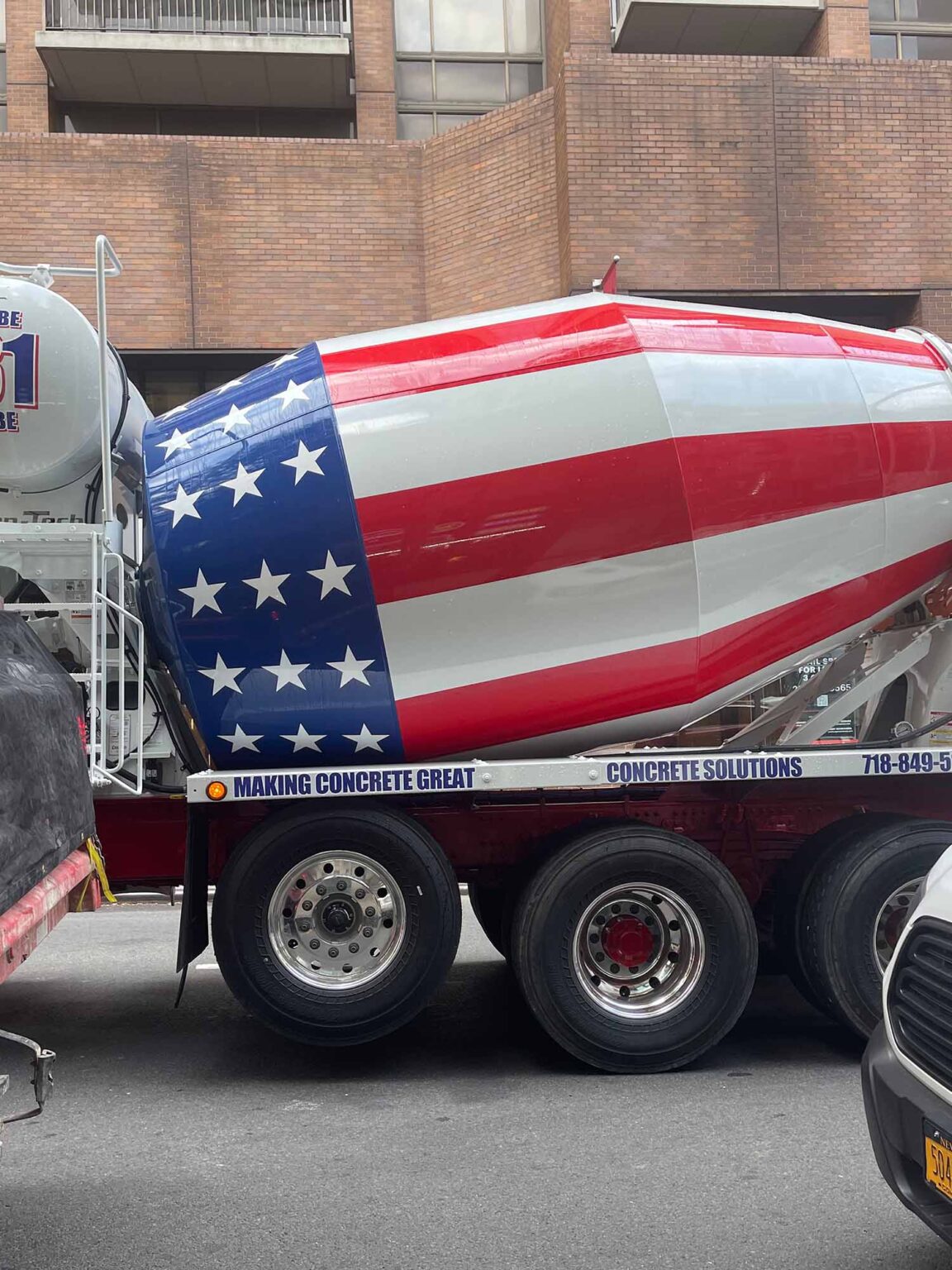
That night was reminiscent of the street scenes in the movie Blade Runner. It was wet and winter dark, with neon lights reflecting off long, oily puddles. The roads were choked with literal gridlock out of the city for Thanksgiving. At my hotel, a group of homeless men were running screaming into the road. Apparently, Jesus is here. Sirens wailed at every pitch within the sound spectrum, creating a wall of sound. It was a movie within a movie.
Thanksgiving isn’t just a day; it’s a week-long celebration, and the week of Thanksgiving was in full swing. Preparations for the Macy’s Thanksgiving Parade made me feel like slipping the safety catch off my revolver. That nation’s propensity for mass consumption of popular culture, to an infantile level, is unparalleled anywhere in the entire universe. Disney isn’t just a media company; it’s a way of life. Endlessly joyful. And that joy is fucking endless.
I tried, really tried, to visit the National History Museum on Wednesday before the big day but was unable to navigate the crowds, the police, the traffic, the foot diversions associated with parade preparation. There were thousands upon thousands of people thrilled to be witnessing the parade’s preparations. Thankfully, Central Park was beautifully empty. I walked for hours, taking photos of the commemorative plaques on park benches. Many were heart-wrenchingly sad and very funny.
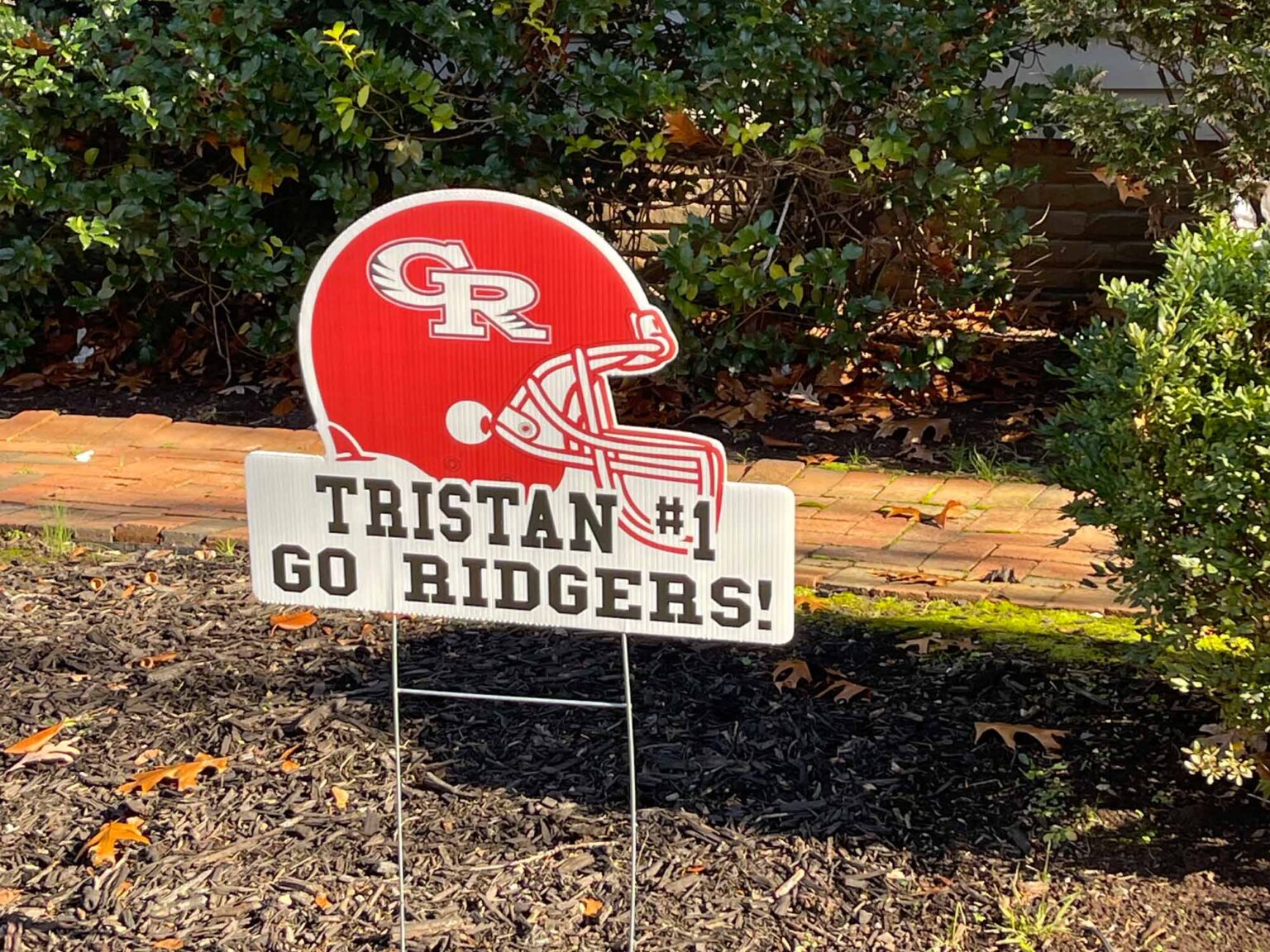
The next day was Thanksgiving itself, the biggest celebration of the American year. Thanksgiving isn’t a religious holiday; it’s a day for every American. It’s possibly America’s only real home-grown celebration. No presents are required, and the entire celebration revolves around food and family. I was very fortunate to spend lunch with a fellow old boy from St Paul’s College, within the University of Sydney. His family began the meal with prayer and a discussion as to what we were all thankful for. I am thankful for much.
America is a simple and deeply complex nation of confederated differences. Amidst this jigsaw collision, now let me ponder as to our gallery in the U S of A’s next small steps.
– Michael Reid OAM
New York Tips
Banana Smoothies at Bloomingdale’s Forty Carrots 59th Street
1000 Third Avenue, 7th Floor, New York, NY 10022
Frick Madison
945 Madison Avenue, New York, NY 10021
Dinner at the Harvard Club of New York City
35 West 44th Street, New York, NY 10036
Drinks at the National Arts Club
15 Gramercy Park South, New York, NY 10003
Foot massage at Yan May Foot Spa
188 Hester Street, New York, NY 10013
Viewing 56 Leonard Street by Herzog & de Meuron
56 Leonard Street, New York, NY 10013
The Morgan Library & Museum
225 Madison Avenue, New York, NY 10016
Bagels from Russ & Daughters
179 East Houston Street, New York, NY 10002
Coffee at the hole in the wall, Aimé Leon Dore
224 Mulberry Street, New York, NY 10012
Reading the commemorative plaques on the benches at Central Park
A shave and haircut/head shave at The Barber’s Blueprint
181 Mulberry Street, New York, NY 10012
Breakfast at Balthazar
80 Spring Street, New York, NY 10012
Manet/Degas at The Metropolitan Museum of Art
1000 5th Avenue, New York, NY 10028
- XXXVIII LA Story by Michael Reid OAM April 2024
- XLII The Business of Gardening by Michael Reid OAM September 2024
- XLI Carly Le Cerf by Sarah Hetherington August 2024
- XL Pecora Dairy by Michael Sharp July 2024
- XXXIX Joseph McGlennon by Michael Reid OAM May 2024
- XXXVII Julz Beresford by Michael Sharp March 2024
- XXXVI Sydney Contemporary by Jason Mowen February 2024
- XXXV The US of A by Michael Reid OAM December 2023
- XXXIV Scone Grammar School’s principal Paul Smart by Victoria Carey November 2023
- XXXIII AgQuip by Jason Mowen October 2023
- XXXII Tinagroo Stock Horse’s Jill Macintyre by Victoria Carey September 2023
- XXXI The Old Gundy School House by Victoria Carey August 2023
- XXX Annette English by Victoria Carey July 2023
- XXIX The Ghan by Jason Mowen June 2023
- XXVIII All in the family: The Arnotts May 2023
- XXVII A Capital Plan by Jason Mowen March 2023
- XXVI Mandy Archibald March 2023
- XXV Paul West February 2023
- XXIV The Other Newcastle by Jason Mowen January 2023
- XXIII Mount Woolooma Glasshouse at Belltrees December 2022
- XXII Murrurundi to Matino: with Jason Mowen November 2022
- XXI James Stokes October 2022
- XX Adelaide Bragg September 2022
- XIX Tamara Dean August 2022
- XVIII Going home: Angus Street July 2022
- XVII Belltrees Public School June 2022
- XVI A Road Trip on the New England Highway May 2022
- XV David and Jennifer Bettington: from horses to houses April 2022
- XIV Denise Faulkner: Art of the Garden March 2022
- XIII Childhood memories: Willa Arantz February 2022
- XII Riding ahead: Giddiup January 2022
- XI Ingrid Weir’s rural life December 2021
- X Life by design: William Zuccon November 2021
- IX Life on the land: The Whites October 2021
- VIII Goonoo Goonoo Station September 2021
- VII Murrurundi: a garden playground August 2021
- VI Pat’s Kitchen July 2021
- V A creative life: Charlotte Drake-Brockman June 2021
- IV Magpie Gin May 2021
- III The Cottage, Scone April 2021
- II At home with Jason Mowen March 2021
- I A town that performs February 2021












